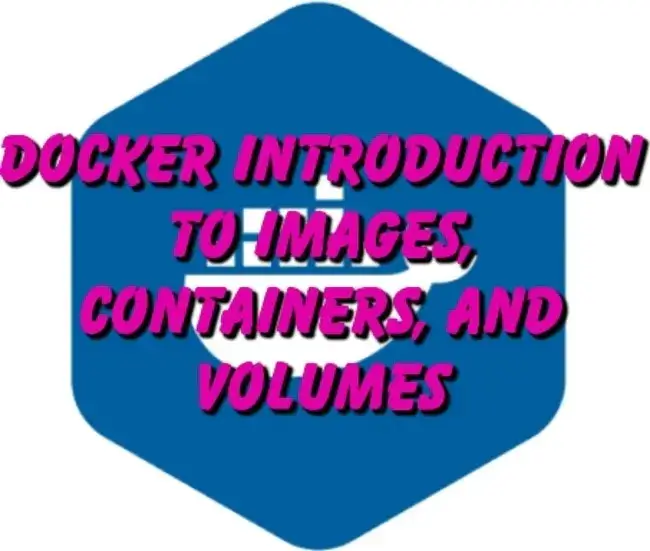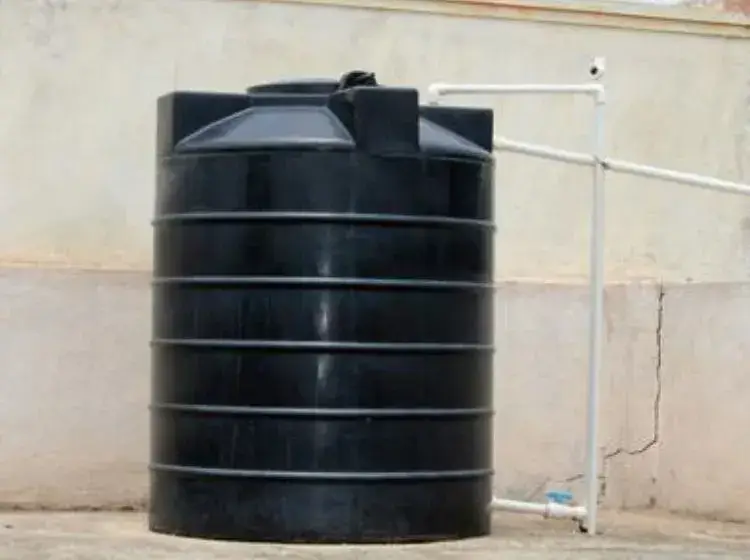Sponsor
Introduction to Images, Containers, and Volumes | Docker

Images , Containers , and Volumes are three basic components in Docker that play an important role in the containerization process. Each of them has its own purpose and functionality. The roles of these three and the relationship between them are discussed below.
1. Docker Images
Description : Docker Images are static templates used to create containers. A Docker Image contains the files and configuration of an application and all its dependencies.
Introduction :
Blueprint : Docker Images act as the blueprint for the container. When creating a container, a Docker Image is used.
Portability : Docker images can be easily moved from one environment to another. This provides the convenience of running the same application on different platforms.
Version Control : Docker Images can be created in different versions, allowing users to test and manage applications across different versions.
2. Docker Containers
Description : Docker Containers are running Docker Images. They run applications and their dependencies in isolation and run in real time.
Introduction :
Isolation : Containers can run in isolation, allowing multiple applications to run simultaneously on the same host machine. This avoids resource and dependency conflicts between each container.
Speed : Containers can be created and started quickly, which increases the speed of development and deployment.
Governance : It is easy to manage the lifecycle of containers, such as starting, stopping, and deleting containers.
3. Docker Volumes
Description : Docker Volumes is a file system that stores data outside of containers. It ensures data persistence and preserves data even after containers are deleted.
Introduction :
Data durability : Volumes preserve data beyond the life of the container, which is important for databases or any other application.
Sharing : Volumes can be shared between multiple containers, which allows data to be exchanged between multiple containers.
Advantage : Using Volumes keeps data intact during container updates or renewals.
Relationships and collaborations
Containers from Images : Containers are created using Docker Images. Each container is essentially a working instance of a specific Docker Image.
Containers and Volumes : Containers create data as they run, and if that data needs to be persistent, it is stored in Volumes. This ensures that the data remains intact when the containers are restarted.
Summary
Docker's Images , Containers , and Volumes are the fundamental building blocks of container technology. Images serve as blueprints for applications and their dependencies, Containers provide functional form and isolation, and Volumes ensure data persistence and sharing. These three components work together to create a robust and portable application deployment environment.







